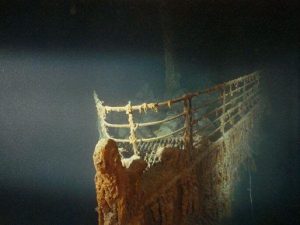Archaeologists in Spain recently discovered a 5,300-year-old human skull, carrying evidence of possibly the world’s first known ear surgery.
Discovered in a Spanish tomb known as Dolmen de El Pendon in Burgos, Spain, the skull has multiple cut marks engraved around the left ear canal, suggesting that the surgery was possibly done on a patient suffering from ear pain.
Evidence of two perforations near the mastoid bones was found on both sides of the skull. This implies that a surgery was conducted to relieve pressure in the ear canal.
While the procedure might have helped cure the pressure, it is likely that it would have left the patient with severe pain due to the use of ancient surgical instruments. Researchers believe that the patient might have been forcefully restrained during the procedure.
Also Read: Man-made sixth mass extinction event cannot be stopped, warn scientists
According to researchers, the surgeon possibly located the infection with the naked eye and went on to perform a surgery consisting of “progressive circular and abrasive drilling causing unbearable pain under normal conditions.”
An article released in Scientific Reports on Tuesday quoted the Spanish researchers who stated, “These pieces of evidence point to a mastoidectomy, a surgical procedure possibly performed to relieve the pain this prehistoric individual may have suffered as a result of otitis media and mastoiditis.”
Also Read: Large Roman fort used for the invasion of Britain discovered near Amsterdam
“What we can say is that certain individuals would have attained a degree of anatomical knowledge and experience as ‘healers’ or budding physicians, if you like, to succeed in this kind of primitive healing,” said Manuel Rojo-Guerra of the Department of Prehistory and Archaeology at the University of Valladolid.
According to researchers, the cranium is said to be of a middle-aged woman who lived during the Neolithic Age.
The skull was found in 2016 by a group of researchers of the University of Valladolid, Spain, during an excavation. Over 100 other human remains were also discovered along with the skull.






